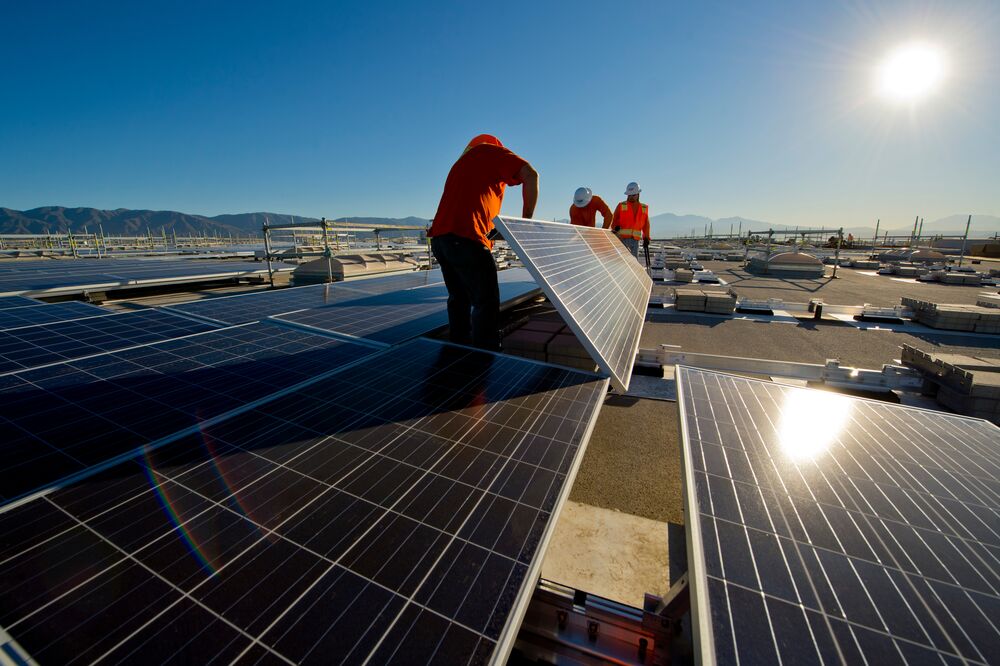There are many different factors that determine the price of a solar panel system. The Size of the system, the brand of panels, the quality of the installation, the tax breaks available, and the lifetime of the system are all factors that determine the final cost. To find out how much solar panels cost, check out the table at https://digthisdesign.net/home-improvement/how-to-go-solar-on-a-budget/. Here, you’ll find some of the most common costs for solar panels and their installation.
Variables that affect price
The pricing of solar panels depends on several factors. The first is the amount of energy a panel produces. Solar panels generate power during the daytime, and so they match the peak demand of the power sector. Since solar energy decreases the price of electricity during the day, solar power helps mitigate power shortages. The second factor is the price of natural gas, which affects the price of power indirectly. Natural gas prices are related to power prices, so solar panels have an indirect impact on the price of power in the wholesale market.

While there are a number of other variables that affect the pricing of solar panels, these factors largely remain the same. Most studies have concentrated on the technological aspect of solar module production. The new research examines the role of monetary, economic and technological factors in the pricing of solar modules. In particular, oil price and interest rate have a significant impact on the cost of solar modules. However, the cost of solar panels differs from those.
Size of solar panel system
Choosing the right size of solar panel system is vital if you’re planning to go solar on your property. The number of panels used is not as important as the overall capacity of the system. The capacity is the maximum amount of electricity the solar power system can produce. In general, a seven-kilowatt solar panel system can produce around 7,500 kilowatt-hours of electricity per year. The average household consumes approximately 10400 kilowatt-hours of electricity per year.
Your electricity bill can provide an idea of your power consumption. Check out your recent electricity bill to see how much power your home is consuming each day. Your power usage is measured in kilowatt-hours (kWh). The more panels your home requires, the higher the feed-in-tariff you can claim. Then, you can begin planning a solar panel system. Once you’ve figured out the amount of power you’ll need, you can proceed with your installation.
Tax breaks
If you’re considering installing solar panels in your home, you might be wondering what tax breaks are available to you. While federal tax credits for solar PV systems don’t apply to your state income taxes, state tax credits do. However, there are some important differences between state and federal credits. State tax credits are more valuable for homeowners than federal credits, and some state incentives may be worth more than others. If you’re not sure about which credits you qualify for, you can check the Database of State Incentives for Renewables and Efficiency.
The government has recently extended the solar tax credit, which has spurred growth in the solar industry. The ITC will increase to 26% in 2020 and 2022 and then fall to zero in 2024. The ITC is available to homeowners and businesses alike, and it applies to both residential and commercial solar panels. To qualify, solar panels must produce electricity for a residence. For the government’s approval, you should make sure you can demonstrate that the panels will be used in a residential or commercial building, and that the system will be used to generate electricity.
Lifespan of solar panel
What is the life span of a solar panel? The lifespan of a solar panel is the number of years it will continue to produce electricity for the homeowner. The average solar panel can produce around four hundred kilowatt-hours of power. The lifespan of solar panels depends on many factors, including the type of panel and the amount of sunlight it receives. A 0.8% degradation rate indicates that the panel will be able to generate 99.2% of its original output in its first year. After 25 years, a 0.5% degradation rate will cause the panels to generate only 82.5% of their original output. If you are interested in how much your solar panel will produce for you over time, simply multiply the degradation rate by the number of years you plan on using your solar panel. Then, subtract the degraded percentage from 100 percent to get the amount of electricity your solar panel will
Degradation occurs naturally over the lifetime of a solar panel. This reduction in power output is called degradation. The degradation rate is 0.8% per year, which means a new 100-watt panel will have a 20% degradation in its lifetime. Degradation rates are higher in hotter climates and when solar panels are mounted on a rooftop system. Degradation rates will depend on the type of solar panel and racking system.

